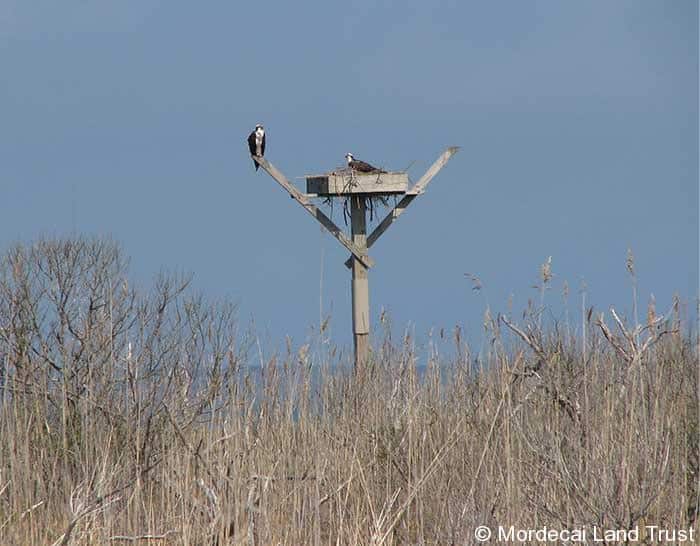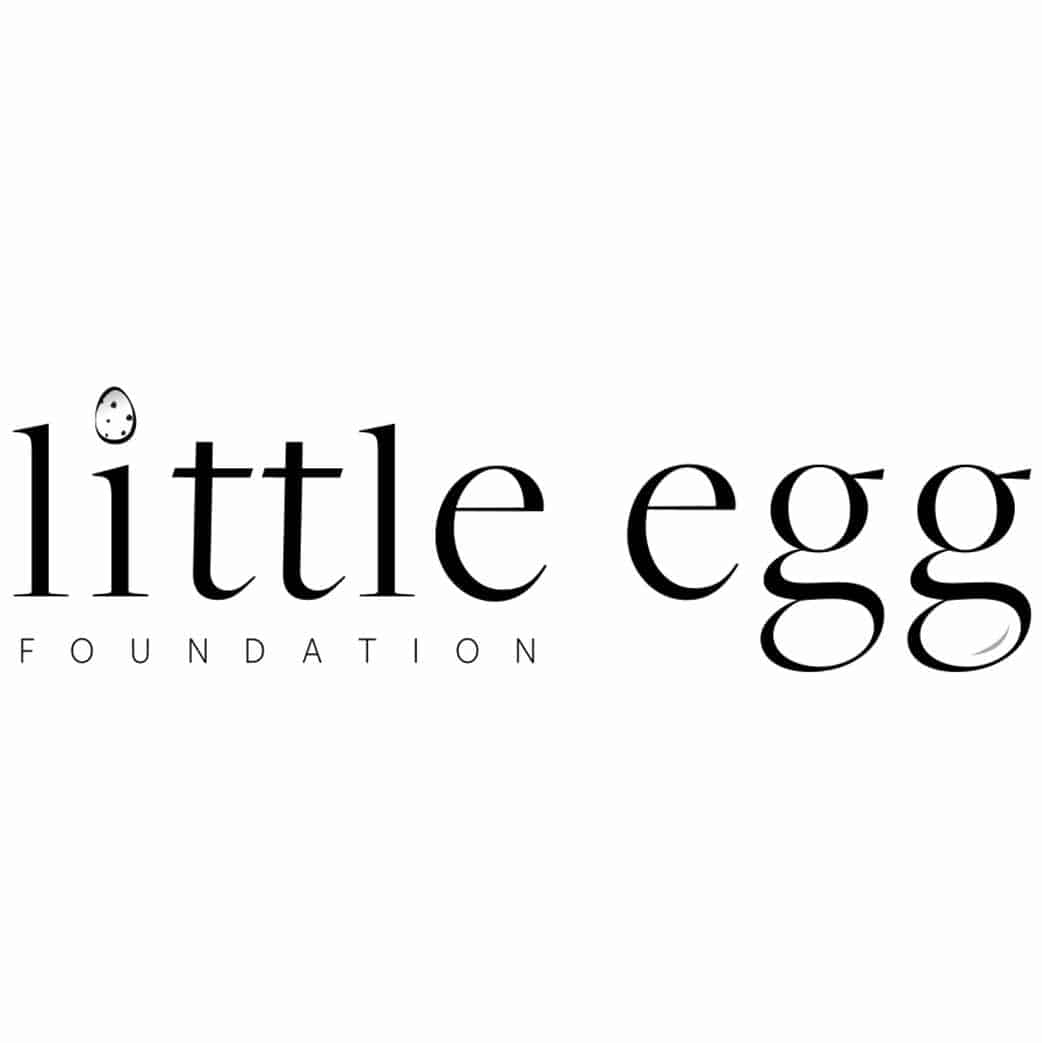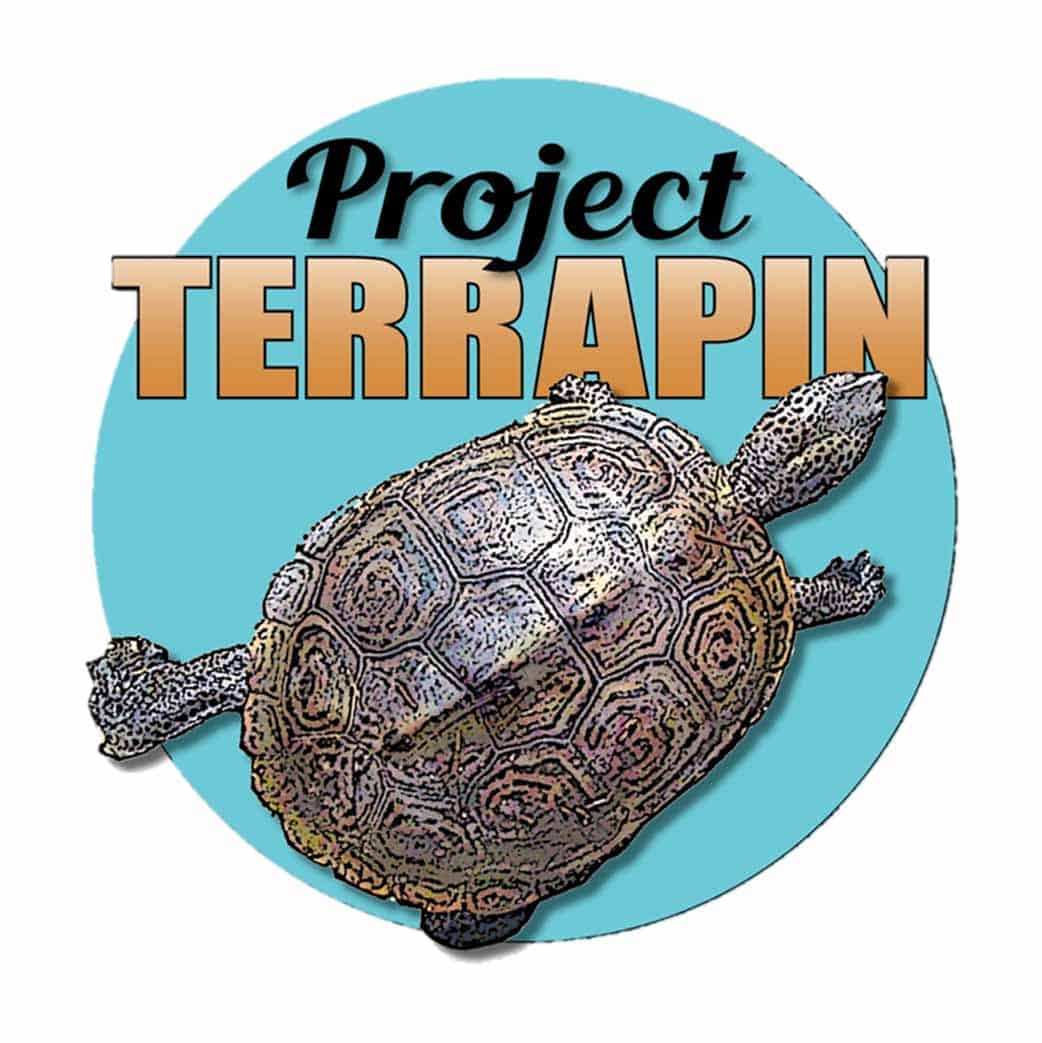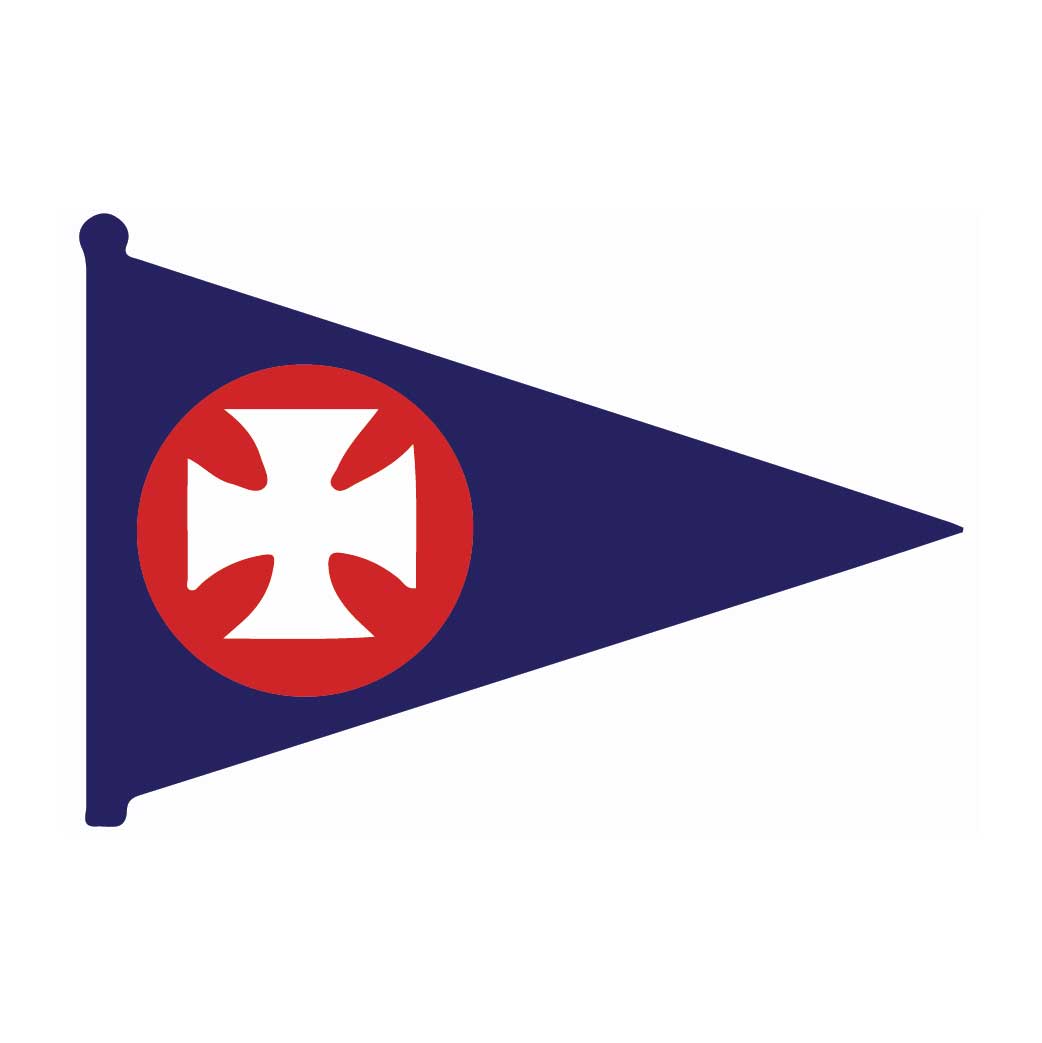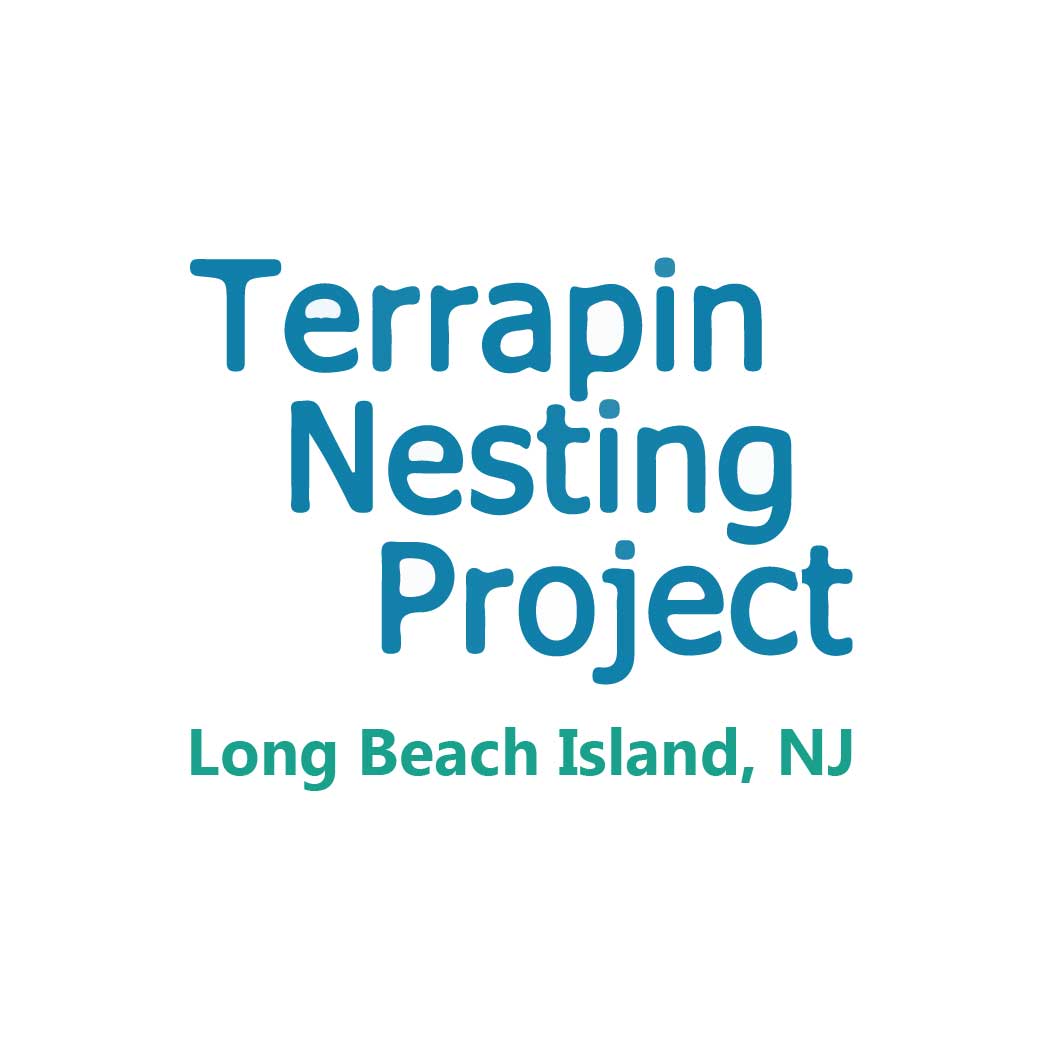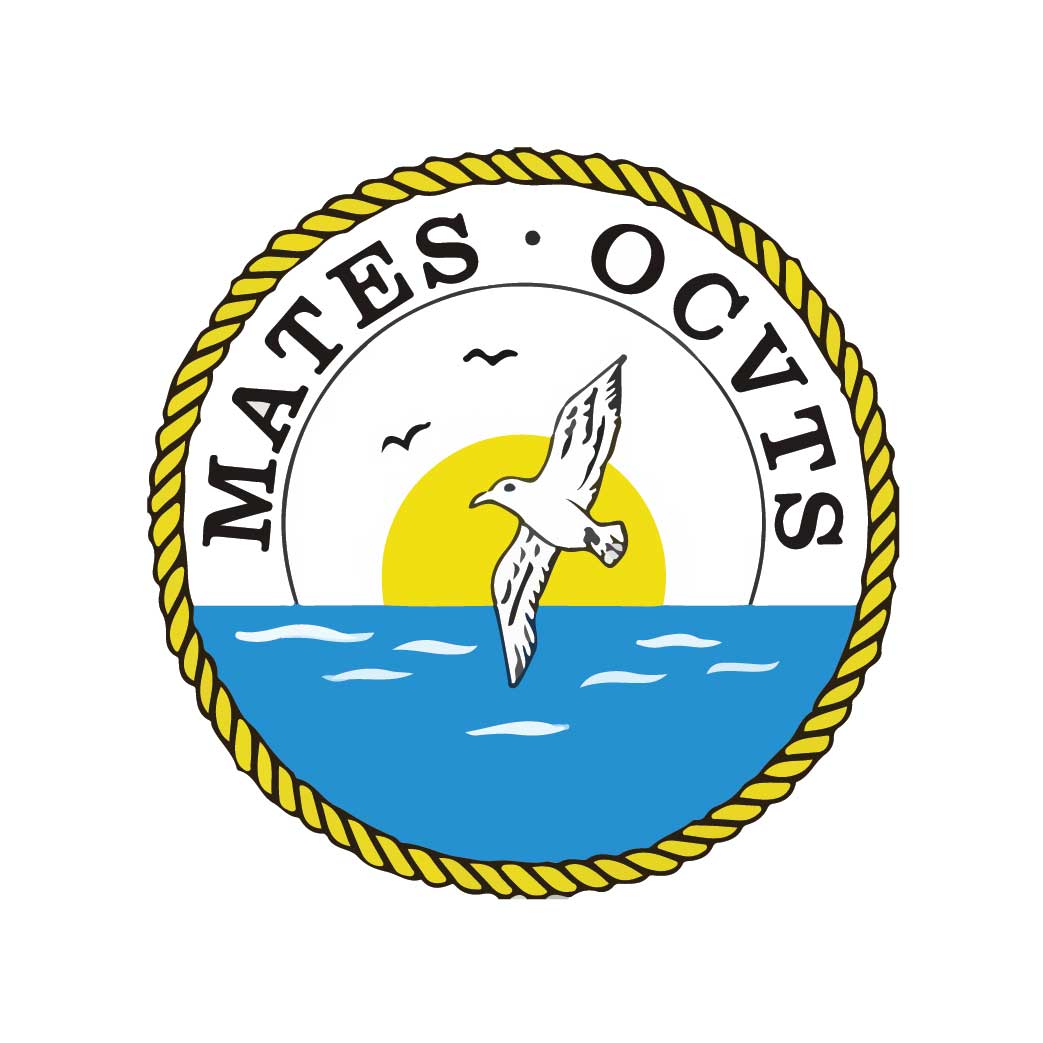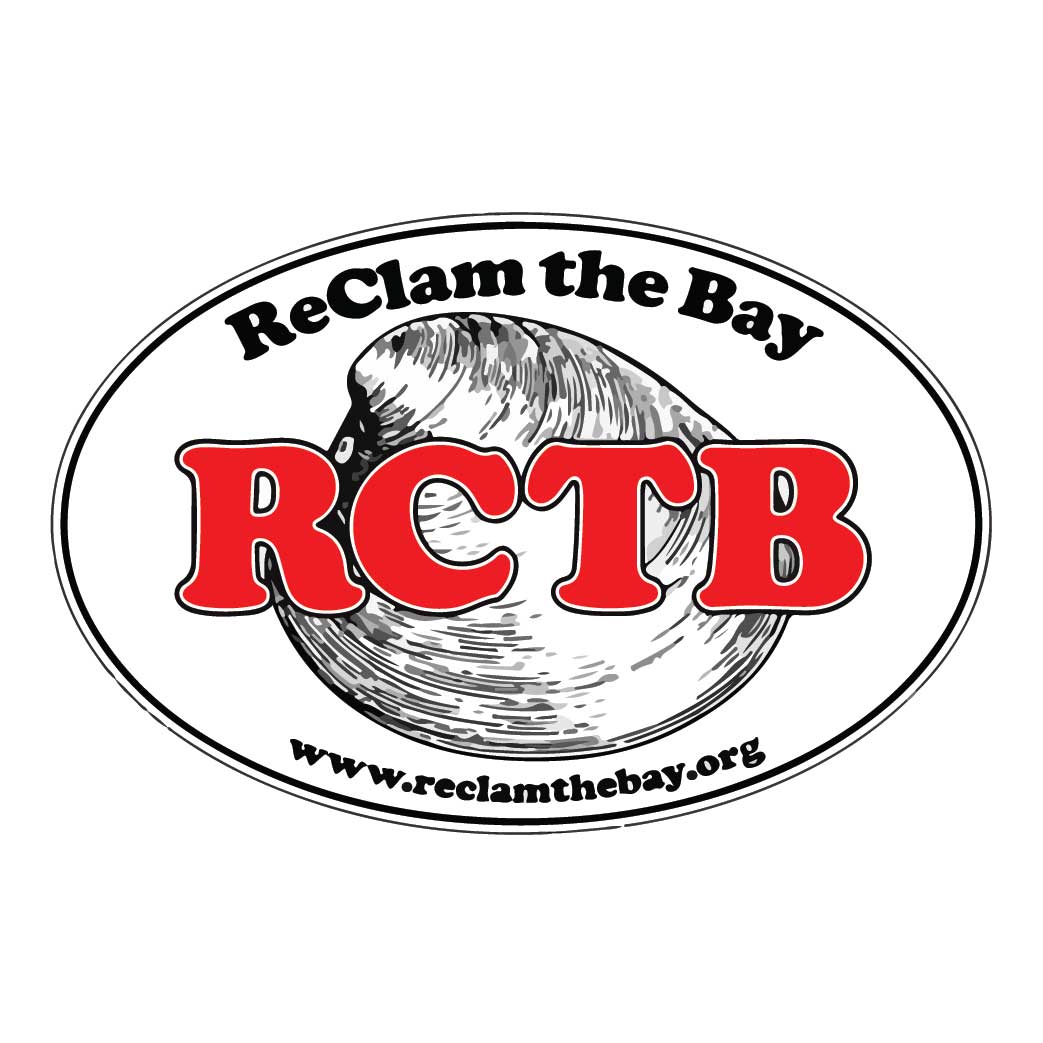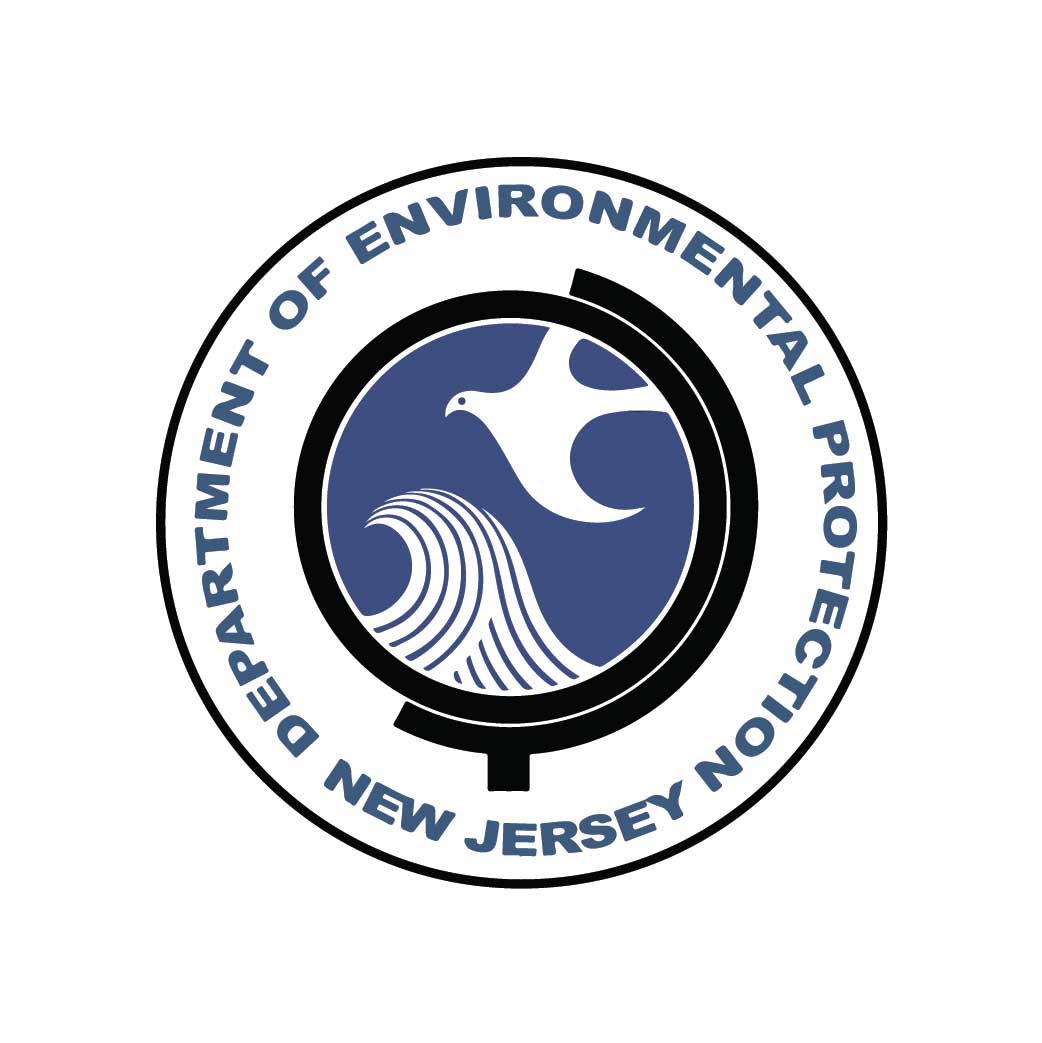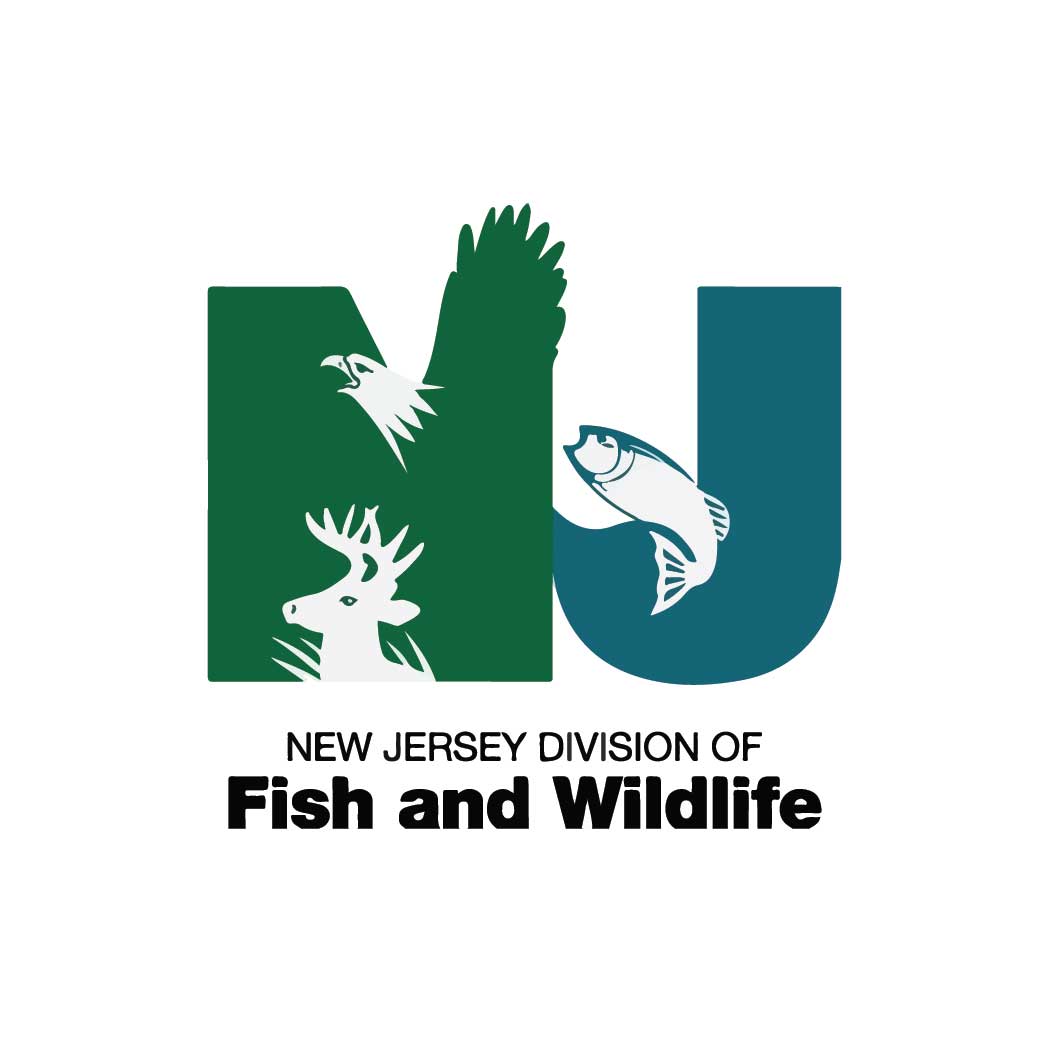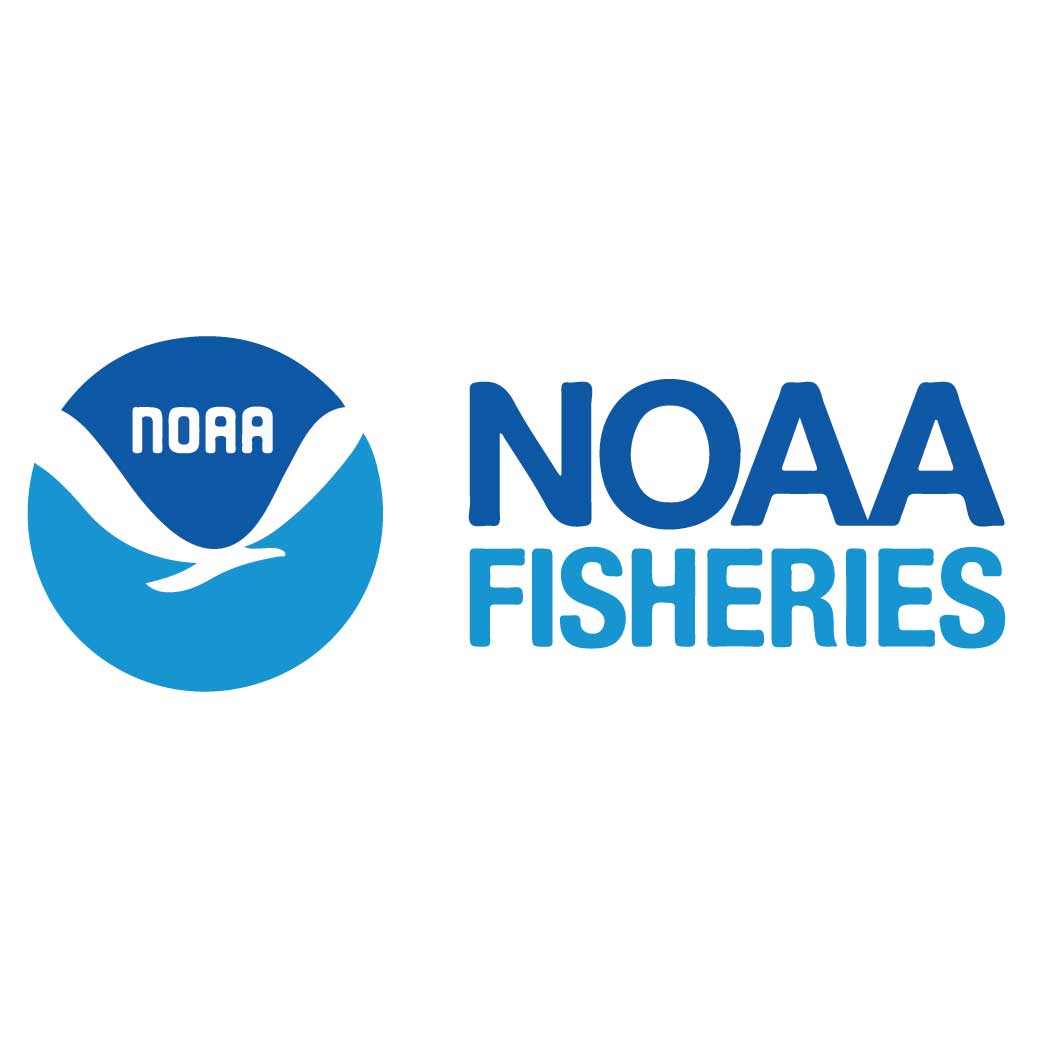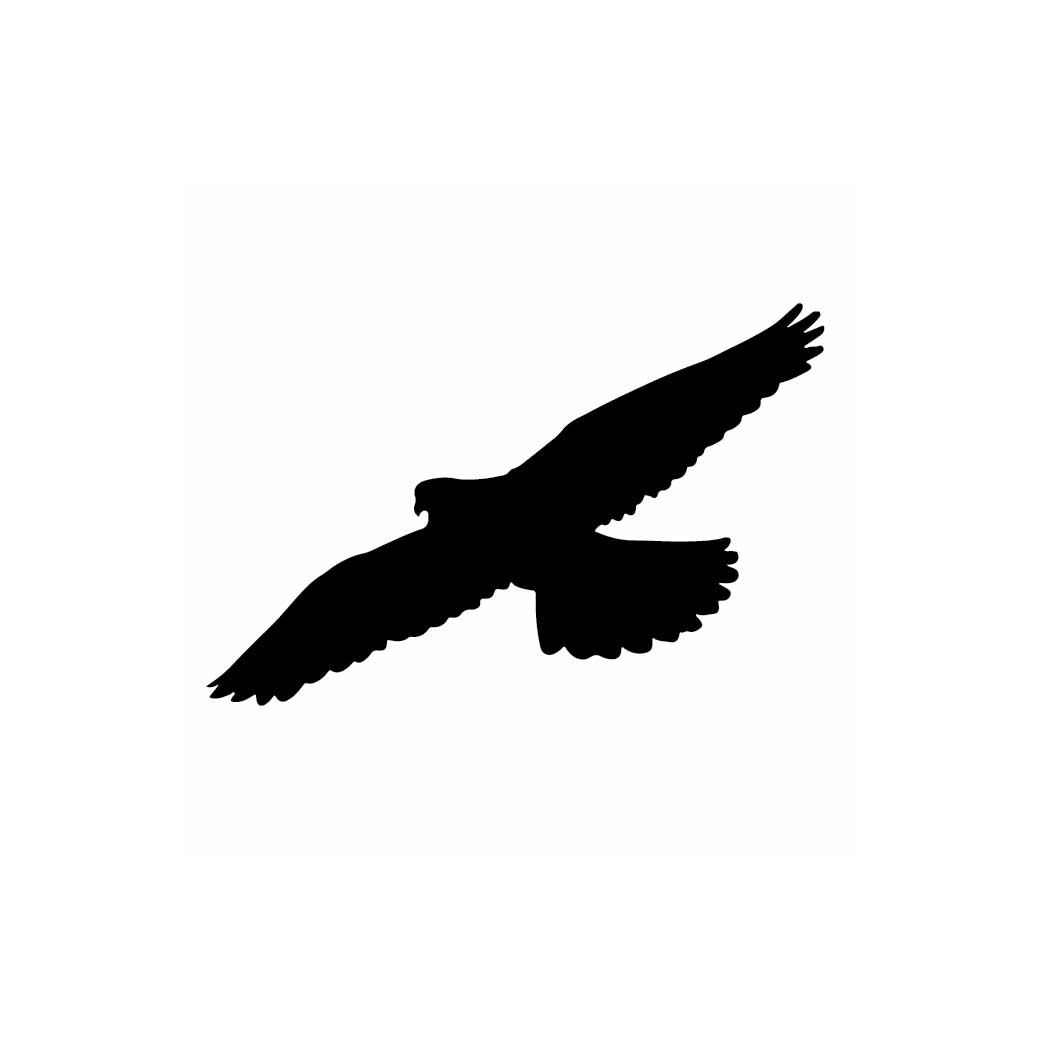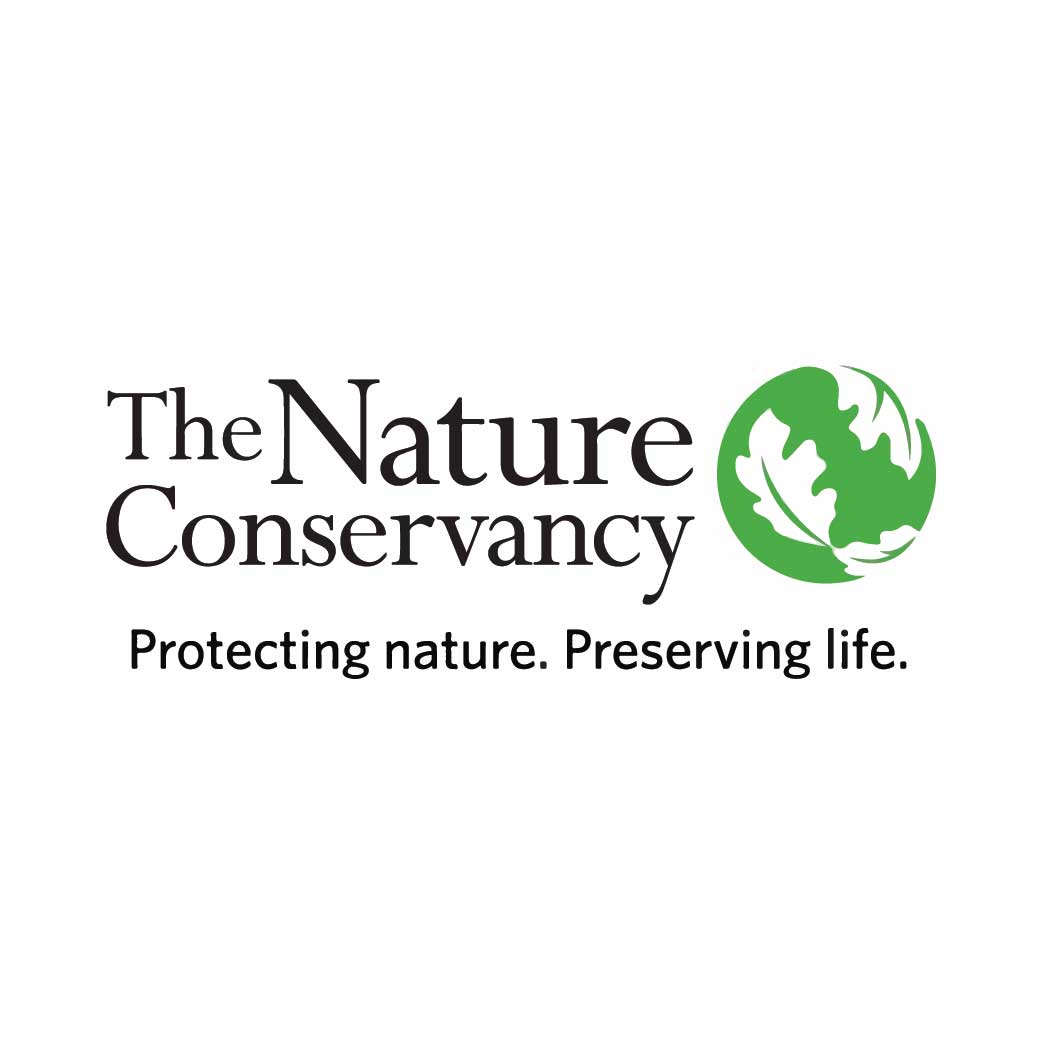The new platform immediately attracted an unattached male, who defended the site until he finally found his mate in April 2018. The pair returns each spring to Mordecai Island from their respective southern wintering grounds to freshen their nest and successfully breed.
2020 Report
By Kevin Budd
It is quite likely that the summer of 2020 will forever be known as the “lost summer,” a confusing and chaotic stretch of days that turned into months and seemed to be suspended in time. A summer when our unique and inalienable American freedoms, which are often overlooked outside the times of crisis, were curtailed or revoked indefinitely: the freedom to assemble and worship, the freedom to associate and gather with friends and family, and the freedom to pursue our own economic destiny, unencumbered and bounded only by individual determination and grit. These are cherished freedoms, our birthright as Americans, which are guaranteed in the Constitution and purchased with the blood and sacrifices of American service men and women in far flung corners of the globe over the past 235 years. Yet now, these freedoms are so elusive that many wonder if they will ever be restored.
And then here in Little Egg Harbor, in the early dawn of the lost summer, when it seemed that the world may never be the same again, our beloved Ospreys, Captain and Belle, returned home to Mordecai Island. Oblivious to the troubles of the human realm, they quickly set about repairing the winter damage to their nest on the eastern edge of our beautiful island and settled in for the summer.

In the ensuing weeks Belle would lay two eggs (April 25th) and dutifully attend to them as Captain hunted tirelessly to provide for her. On June 1st, two healthy Osprey chicks emerged after 37 days of incubation, as Belle gleefully took to the air for the first time in as many days. A few weeks later, on a fog laden 4th of July, Michele and I assisted Ben Wurst of the Conserve Wildlife Foundation in banding our male and female Osprey fledglings with red leg bands, 25/M and 26/M. At that moment, overcome by a wave of nostalgic and perhaps naïve patriotism, I felt compelled, if only in my own mind, to name the two fledglings in honor of the day and all that it represents: the female “Lady Liberty” and the male “Independence.”


2019 Report
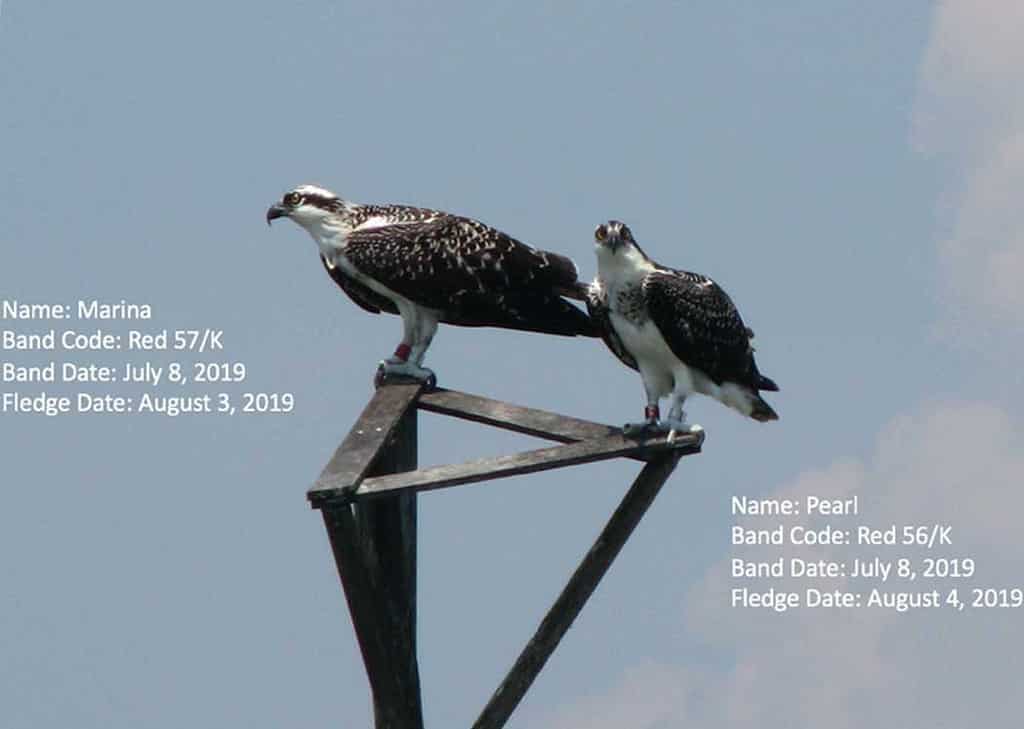
The Osprey pair returned to nest on the cove’s platform. Once again this pair had a successful breeding season with two eggs laid, hatched and fledged. The two nestlings were tagged with federal USGS bird bands and red auxiliary “field readable” leg bands (56/K and 57/K) by Ben Wurst (Conserve Wildlife), which now includes them in Conserve Wildlife’s Project RedBand, a Barnegat Bay-NJ Osprey management and conservation program (Image 19). The data that is collected from local citizen sightings is used by researchers to learn more about the Osprey’s life, habitats, migration, and feeding.
Learn more about Project RedBand at:
http://www.conservewildlifenj.org/protecting/projects/redband/
2018 Report
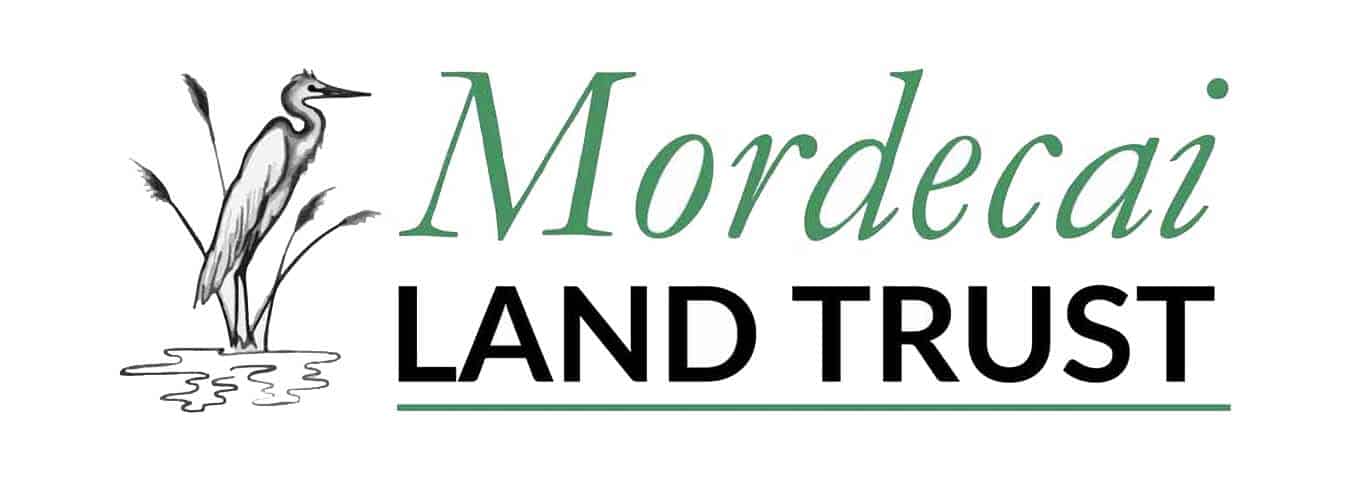
The IRS has determined that the Mordecai Land Trust is tax-exempt under section 501(c)(3) of the Internal Revenue Code of 1986 (“Code”) and not a private foundation pursuant to sections 509(a)(1) and 170(b)(1)(A)(vi) of the Code. Mordecai Land Trust was established in 2001.
Opt-in to email updates

